Only 9% of plastic in the world is recycled. A recent study suggests that recycling is a myth, and doesn’t solve the problem of waste. Plastic waste is a menace to marine life. Furthermore, the waste, often plastic, ends up in water bodies and landfills. Rivers and other water bodies carry tons of plastic to oceans regularly. Significant untreated sewage waste also contributes to water pollution in India. These realities make water pollution, a serious environmental challenge, affecting the health and well-being of millions of people and ecosystems. Unsafe water causes diarrhoeal diseases that kill nearly half of a million people in India.
There are some conventional methods–coagulation, sedimentation, filtration, and disinfection– to remove particles, microorganisms, and chemicals from water. There are enough limitations to these methods, often being expensive, and harmful to the environment.
An Indian startup–ClearBot– is offering a sustainable solution to the problem. ClearBot is a robotic boat that can autonomously remove plastic, or organic waste from the surface of water bodies. The boat runs on renewable energy i.e. solar, not diesel.
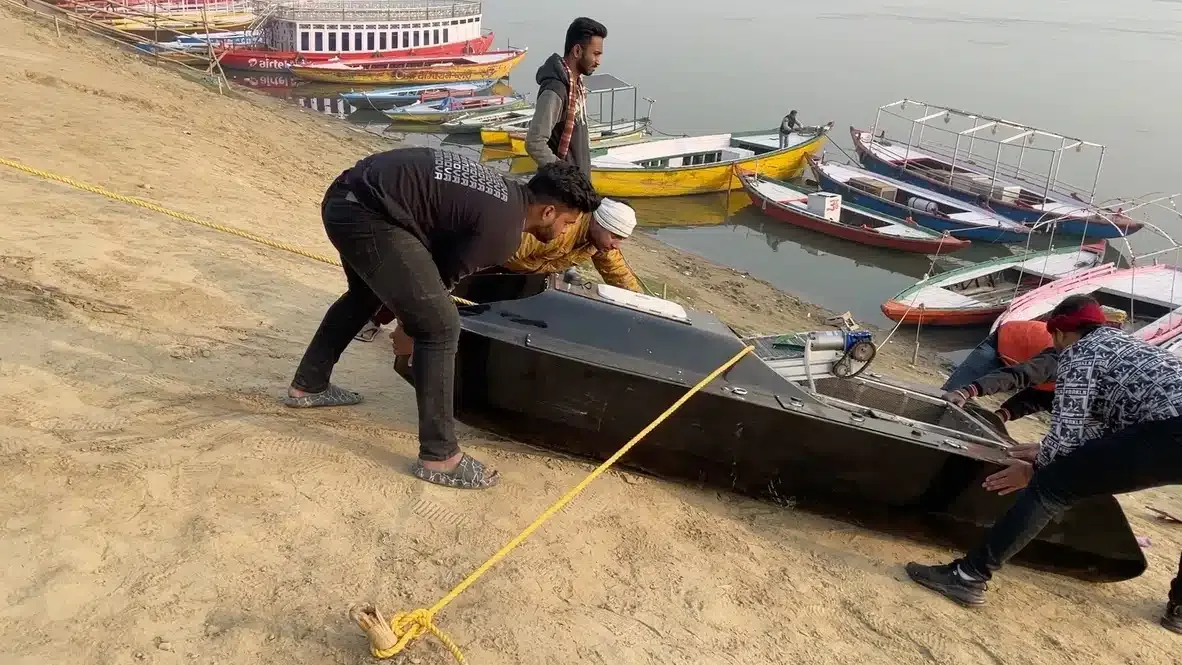
In 2019, on a trip to Bali, Indonesia, Sidhant Gupta, and his co-founder Utkarsh Goel, witnessed the devastating effects of pollution on the beaches. Hence, they came up with the idea to clean the plastic of water bodies. In Indonesia, people were cleaning the beaches every day manually.
While in Hong Kong, the government was using diesel-run boats to clean the beaches. They wanted to offer a sustainable solution that could cut costs and improve environmental outcomes. Later, they built a prototype using local materials and even some helicopter parts.
In the interview, Sidhant, explains how ClearBot works, its advantages over traditional methods like filtration, sedimentation, and disinfection, and people manually cleaning dirty rivers. In addition, the potential real-world applications of the technology, and the company’s expansion plans. He also discusses the challenges and opportunities in garnering governmental support. In conversation with Sidhant Gupta, the co-founder of ClearBot–, Ground Report’s Environmental Correspondent, Wahid Bhat talks about everything CleanBot.
Q: How can Clearbot help clean water bodies in small and remote areas of India?
A: I’ll give you an example. We work in Meghalaya–one of the Northeastern Hill states. Here, it’s very hard to reach the houses. So, what happens is there’s a lot of trash that goes into the water bodies because of the rain. And there’s no good trash collection system in the state.
We have been doing projects in Meghalaya in the canals in the capital city– Shillong–and also in places like Rongjeng, which are small cities. In Rongjeng, for example, in the river, we just used some bamboo to make a barrier. So, every day the trash comes behind the barrier and then our machine goes and cleans up all the trash every day.
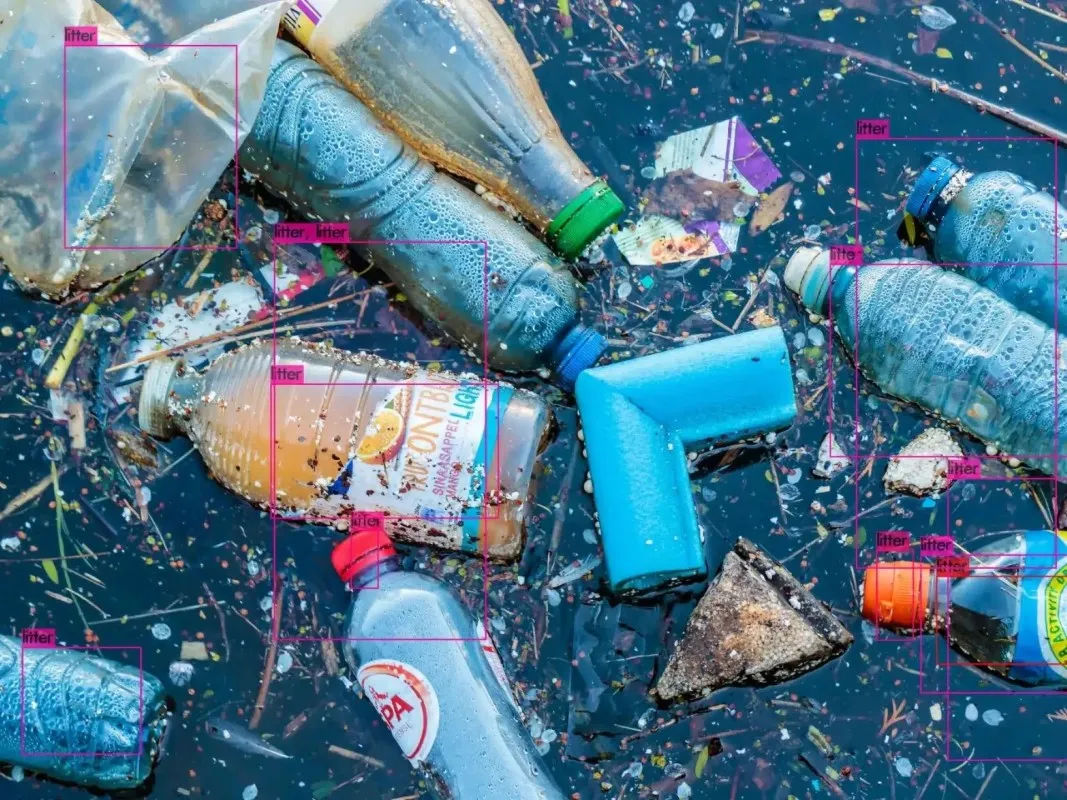
Q: How does your machine identify and collect the garbage in the water?
A: One of the projects involves using our boat in Nullahs (drainage channels). Our boat goes there and collects all the garbage on its own. We set up bamboo barriers, and every day the garbage collects at the end of the bamboo. It’s a very cost-effective method, and the machine can easily collect all the garbage like this. Just yesterday, we collected about 120 gauges of garbage. It’s a simple system, and anyone can operate the machine.
We have boys handling it, and they’re doing all this. We have had situations where someone who doesn’t speak English or has any formal education learned to operate our machine in under 10 minutes. For us, expansion means working with the government and different partners in various regions to solve the problem on the ground.
Q: Could you elaborate on the types of water bodies Clearboat technology is designed to clean, including the removal of water hyacinth and algae, and how do you address these issues effectively?
A: We do cleanup of water hyacinth, and we have some partners with which we use a special spray solution introduced into lakes and ponds to prevent algal growth. To answer your question, yes, we not only address garbage, but we also tackle water hyacinth, which is a significant issue in India, as well as algae removal using natural solutions.
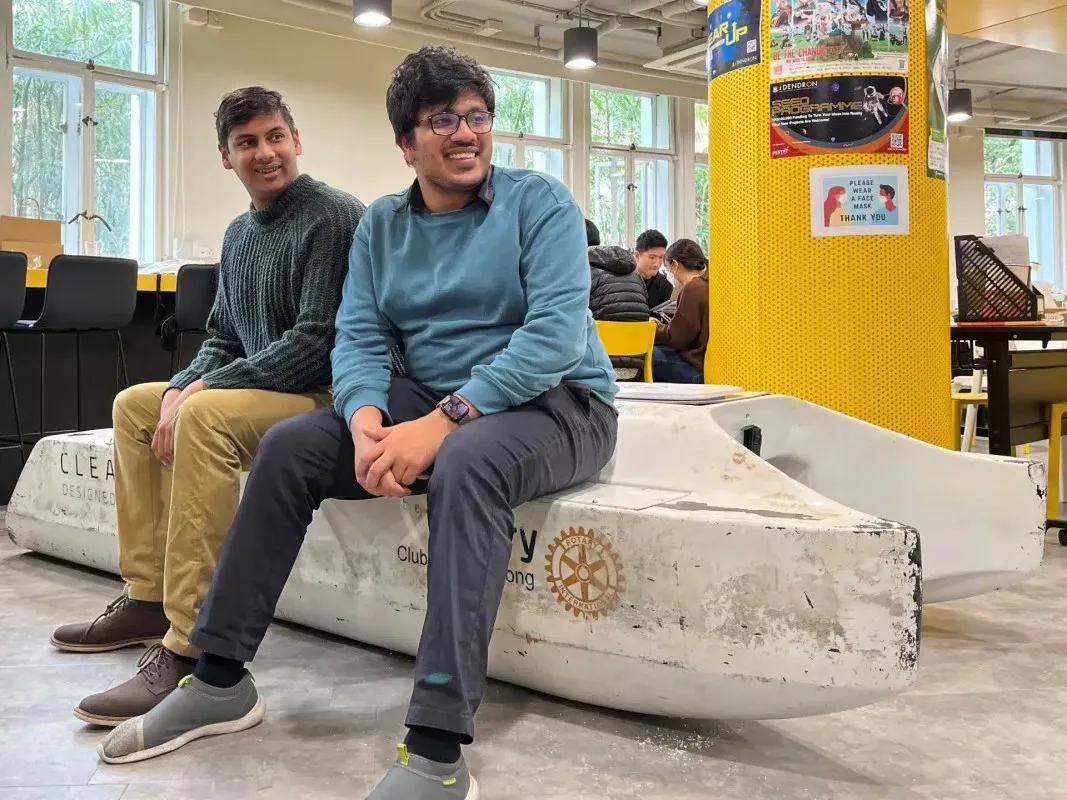
Q: How much does one Clearbot cost in India and what is the operational cost?
A: We charge on a per-day basis. We don’t sell the product. We rent it and sell the service. Our charges vary depending on the project. It can be as little as 2000 to 2500 rupees per day and can go up to 10,000 rupees per day, depending on the waste volume. For example, the largest machine can pick up 1.5 tons daily, so the price is higher for such cases.
You can see from the linked article/video that this process requires 1 JCB + 1 digger + 1 boat + 4-5 crew. Each JCB in India rents out at about 5000 INR/day plus 500 INR/day for the boat + 2500 INR/day for 4 crew + profit and overhead of the contractor (30%) = (10000+500+2500)*1.3= ~17000 INR/day at minimum. Furthermore, this manual collection is limited by how much the small boat can bring to the shore every hour, usually not more than 200 kg/hour or around 1.6 -2 tons/day.
Our service starts at just 5000-6000 INR/day/boat and each boat can pick up 200 kg/hour. Hence, we can be 3x more efficient on a cost/kg basis.
Q: How does using renewable energy affect the cost of running a Clearbot boat?
A: You are asking the wrong question because by using renewable energy, the cost will decrease. Unlike everybody else, we do not have fuel costs. So normally, the cost of petrol per day itself is a few thousand rupees to run a big boat, but for us, the cost of electricity is less than 20 rupees a day. Even that is only if you are using the wall power. If you are using solar, our cost is zero per day.

Q: How will Clearbot operate during the winter season in Indian states where sunlight is limited, considering the reliance on solar and renewable energy and the shorter daylight hours during this time?
A: Clearboat can operate during the winter season in Indian states with limited sunlight by utilizing normal electric power for charging. It doesn’t solely rely on solar energy. In regions where sunlight is scarce, we can use regular 220-volt power to successfully operate the machine.
Q: Apart from India, have you undertaken any projects in other parts of the world, such as Singapore or any other country?
A: Yes, we have conducted numerous projects in Hong Kong. Currently, we operate about five to six boats in collaboration with the Hong Kong government.
Q: How does garbage affect pollution in India and what can be done to reduce it?
A: Most of the garbage is single-use plastic, like bottles, bags, and packaging. We collect the garbage with our robot and take photos of it. We upload the photos online for our clients and generate data on the garbage.
One approach to reducing it is by generating data on the types of garbage found in water bodies, which can be used by the government to enact regulations. Another thing that can help is a better waste management system. The waste departments need to improve their system so that people don’t throw things in the water.
Q: Have you received any contract or request from the Indian government to expand your service to other parts of the country?
A: No, we have not received any contract or request from the Indian government yet. But we are trying to expand our service in the country. We have started our first paid project in Meghalaya and We want to grow there first. We have only one boat running commercially in India, right now, We have more boats, but not in India. Also, We hope to have four or five more boats in the next few months. Our goal is to have 10 boats by next year.
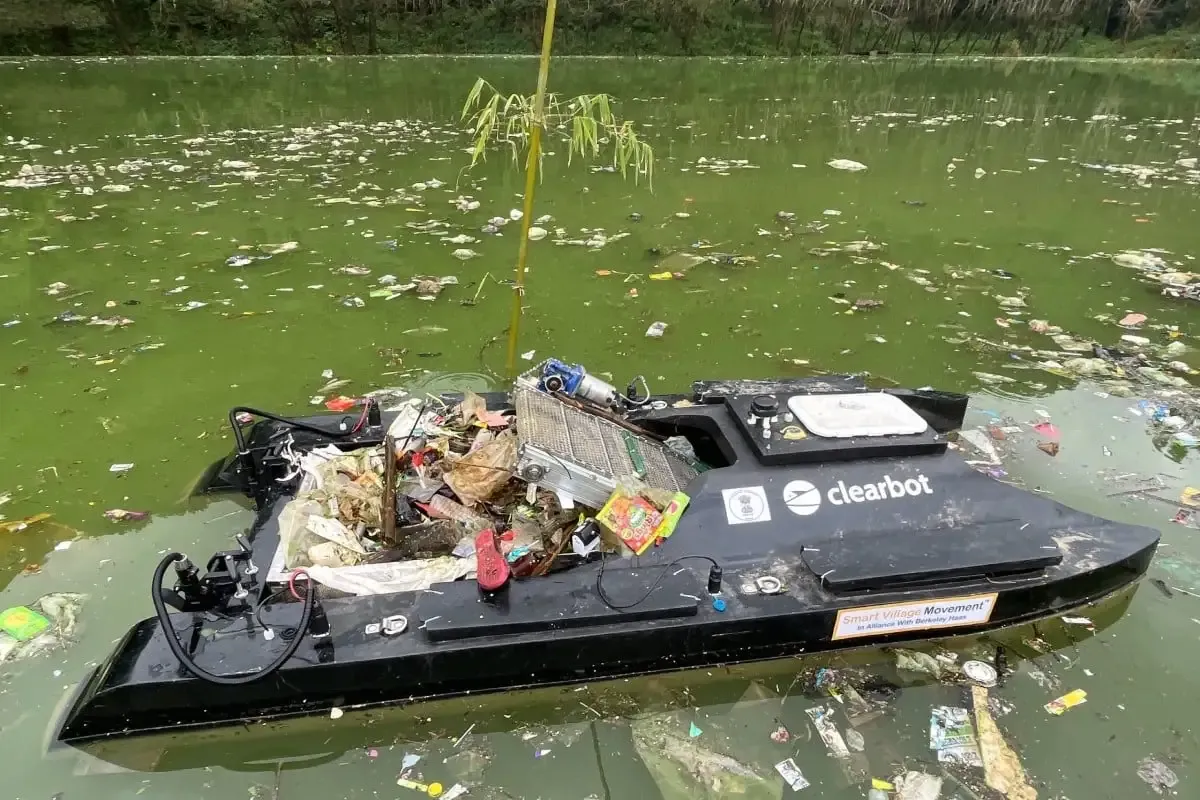
Q: How was the support from the government when you initiated the pilot project in Varanasi, and what amount of pollution do you collect from the river daily?
A: In terms of the Varanasi project, we haven’t progressed further with it. Our focus has shifted to our Mikado project. Regarding the amount of pollution we collect, our current capability allows us to extract up to 80 kilograms every hour, with an average of about 250 kilograms per day. However, we’ve recently introduced a new flagship model capable of collecting up to 200 kilograms every hour and 1.5 tons per day. This increased capacity is expected to enhance our effectiveness in tackling water pollution.
Q: How do you envision the future of Clearbot in India, given that it is a new and innovative solution for water pollution?
A: I think India has great potential for Clearbot. India has a lot of demand for water pollution solutions and our product is affordable and unique. The government is showing interest in our product and we are trying to scale up and get more contracts. We also need to spread awareness about our product and what we are doing. Today’s interview is a good way to do that. We hope to reach more people at the local and district levels and get more adoption. That’s our vision.
Q: Do you have any plans to approach the local government regarding implementing Clearbot’s technology in regions such as the Himalayan states, particularly those with high pollution due to tourism? If so, how do you intend to proceed, and to what extent do you plan to collaborate with the states in addressing water pollution in these regions?
A: Yes, absolutely. If Meghalaya serves as a successful pilot for hilly regions, then our next step would be to approach other hilly states as well, such as Himachal Pradesh and Uttarakhand. However, at the moment, our primary focus is on securing our first project. It’s crucial to demonstrate the success of our technology through the initial project. If the first project goes well and receives positive feedback from the government, then other departments and states will be more inclined to adopt it.
Q: What are the most common problems and challenges you’ve encountered in India, specifically in Meghalaya state, with the Clearbot technology, based on your experiences there?
A: In India, especially in Meghalaya state, the major challenges we’ve faced with Clearboat technology are the high volume of waste, continuous waste accumulation, the presence of water hyacinth, and mixed vegetation in the garbage. To address these issues, we’ve launched a new version of the boat capable of handling larger volumes of waste and effectively managing water hyacinth. These adaptations are specifically tailored to the conditions in India, where waste volume and vegetation pose unique challenges.
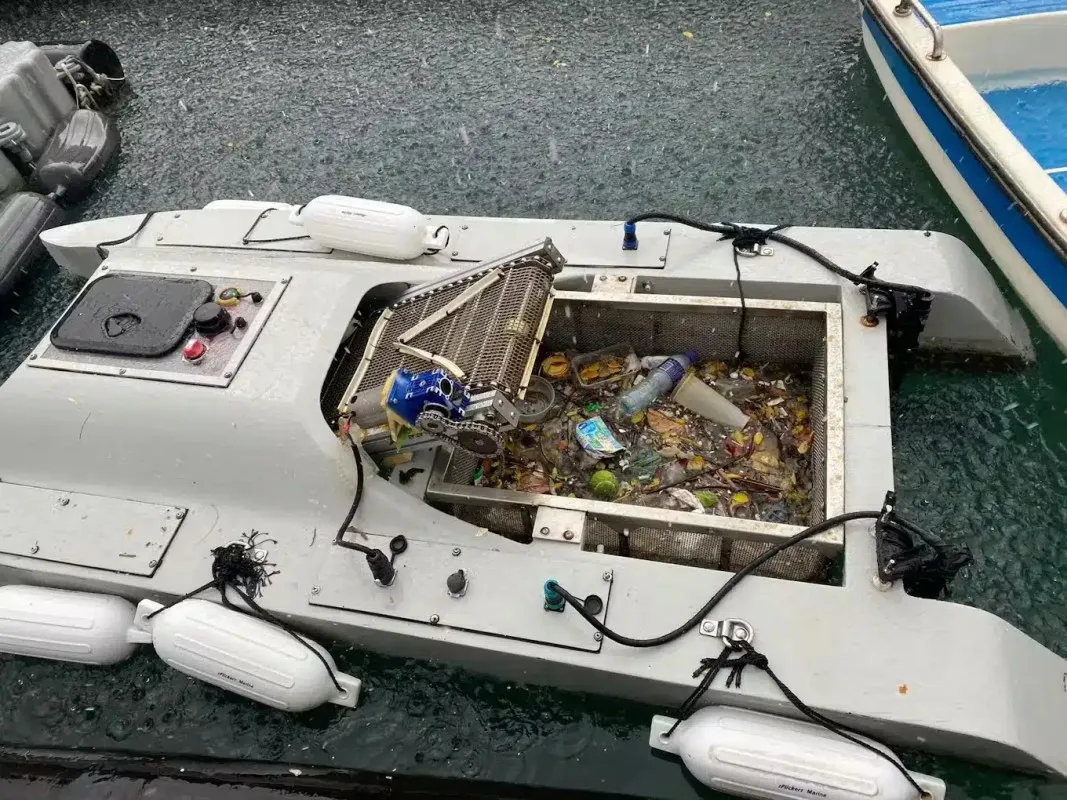
Q: How does clear boat technology differ from the existing models of water pollution control, such as the Mahindra model?
A: Clearbot technology differs from existing models of water pollution control, such as the Mahindra model. The Indian government frequently allocates funds for cleanup efforts, and our aim is to persuade them to utilise newer, indigenous technology like ours, rather than relying on foreign technology, which is often the norm.
Q: Have you received any funding from the Indian government to support the Clearboat initiative you’ve started?
A: No, we have not received any funding from the Indian government to support our Clearboat initiative. We are self-funded and we use our sales revenue to finance our projects in India. However, we hope to raise funds from other sources this year. We will update you if there is any progress.
Q: Why do you believe initiatives like Clearbot are crucial for addressing environmental challenges in India?
A: Yes, absolutely. I think these are crucial because if your country has a lot of problems, you need companies to start solving those problems in a meaningful, profitable way. Otherwise, how are we going to make the country a better place? So innovation has always driven change in every country. So I guess it’s India’s turn and we are trying to do that on the ground.
Support us to keep independent environmental journalism alive in India.
Keep Reading
The costliest water from Narmada is putting a financial burden on Indore
Indore’s Ramsar site Sirpur has an STP constructed almost on the lake
Indore Reviving Historic Lakes to Combat Water Crisis, Hurdles Remain
Indore’s residential society saves Rs 5 lakh a month, through rainwater harvesting
Follow Ground Report on X, Instagram and Facebook for environmental and underreported stories from the margins. Give us feedback on our email id greport2018@gmail.com.
Don’t forget to Subscribe to our weekly newsletter, Join our community on WhatsApp, and Follow our YouTube Channel for video stories.










